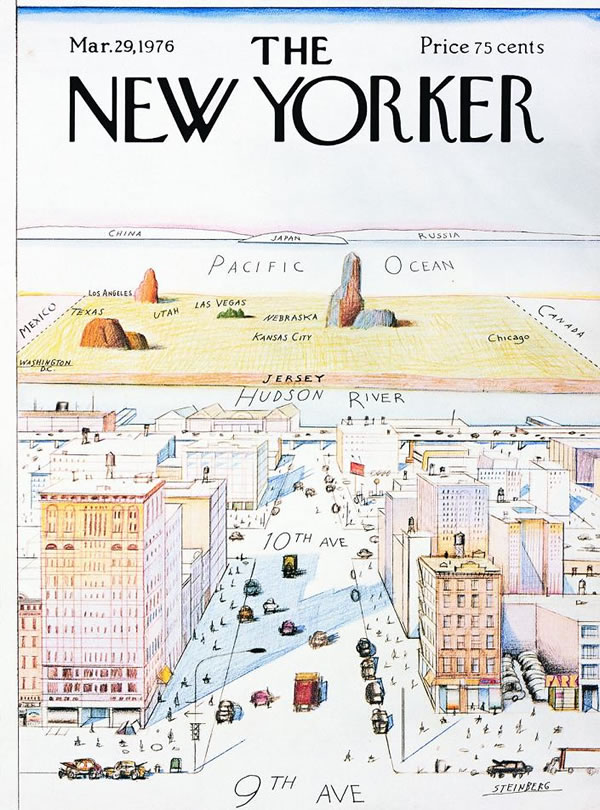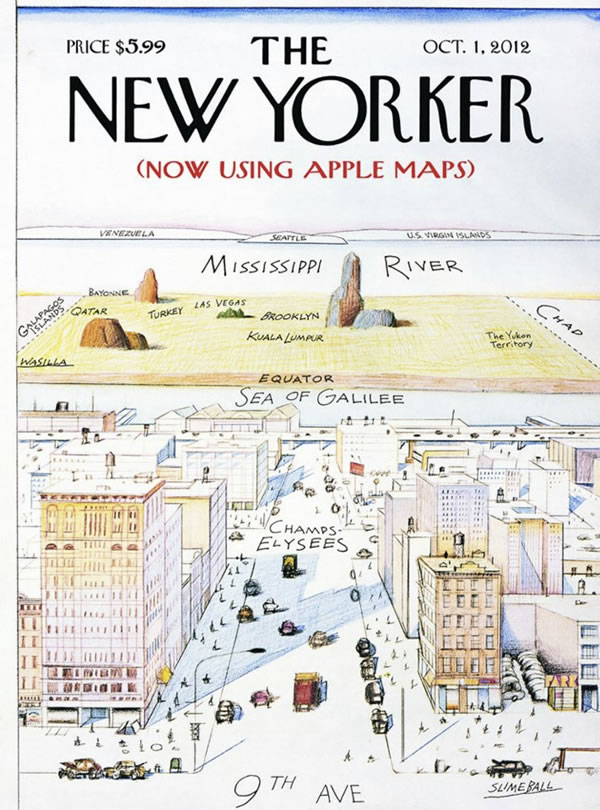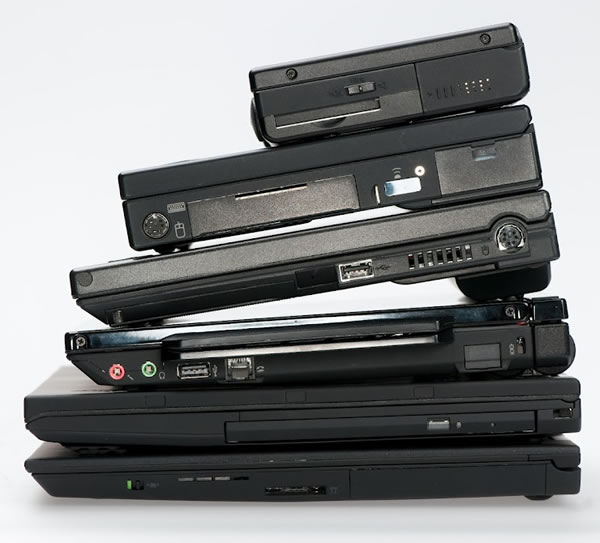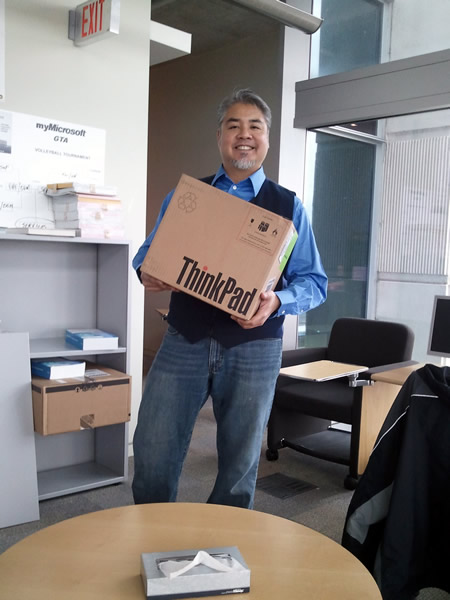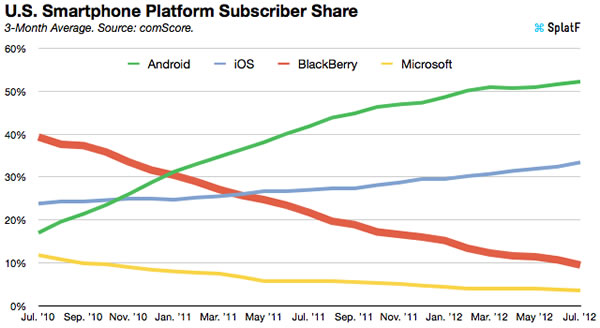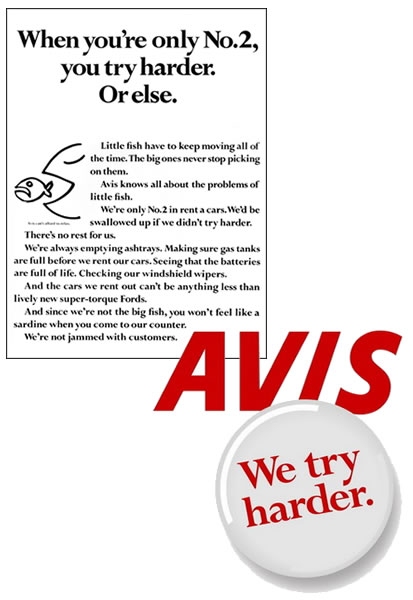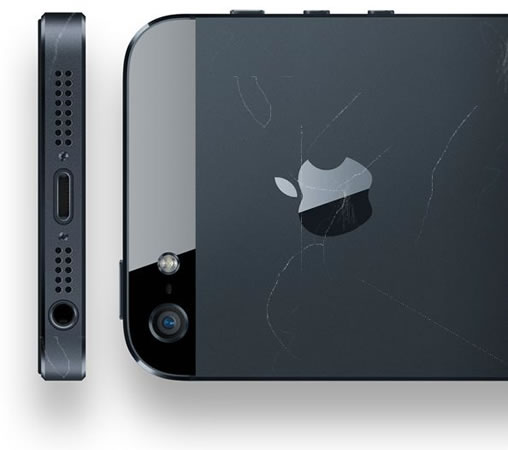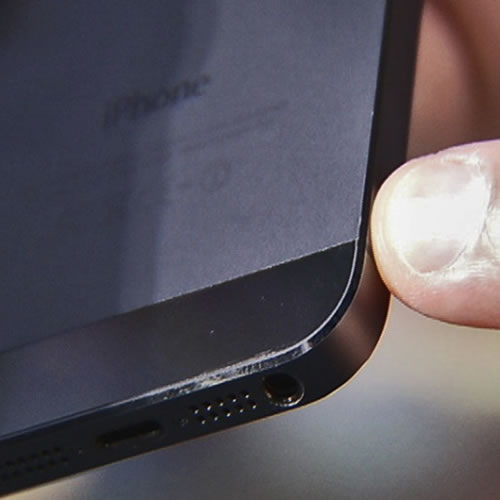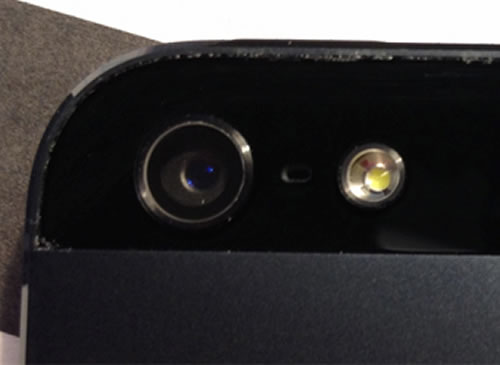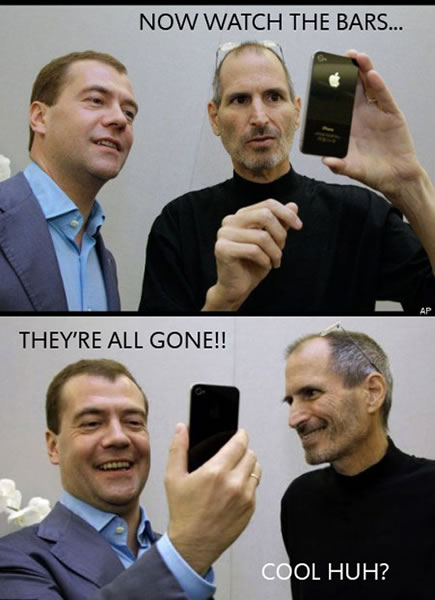Windows Phone Could Take RIM’s 3rd Place Spot in Europe Soon (says one analyst), 2nd Place in the World by the End of 2015 (says Gartner)

The exact figures vary from analyst to analyst, but there’s a general consensus that Android and iOS are the number one and two mobile operating systems, leaving about 10% to 20% for whoever wants to take the sad-yet-coveted distant third place. Fighting over these table scraps are both RIM and Microsoft, two giants who once defined what a “business phone” was and who are now trying to reassure everyone that their upcoming operating systems are the future and not “too little, too late”.
A recent CNET article cites a study by Kantar Worldpanel, who study consumer behaviour, suggests that Windows Phone could win that battle and take the third-place position in Europe from RIM. Kantar’s study says cheap, low-end Windows Phone devices like the Nokia 610, which run Windows Phone 7, but can’t be upgraded to Windows Phone 8, will drive WP adoption.
Kantar aren’t the only people who think this way; Gartner concurs. In fact, they don’t just think that Windows Phone will capture third place; they’ve predicted that it will make it to second place by the end of 2015 — 6% of the market share by the end of 2011, 11% by the end of 2012, and 20% by the end of 2015:
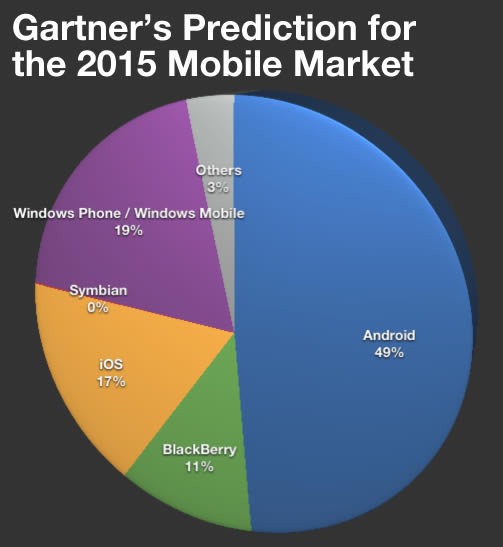
This TechCrunch article says that Gartner’s prediction is based on the same assumption as Kantar’s: that Nokia will carry Windows Phone to the number two position by focusing on the more price-sensitive portion of the market (primarily people in emerging “Second World” economies buying their first smartphones) and selling low-end Windows Phones much cheaper than Androids or iPhones. The article also states that these phones would extend the life of Windows Phone 7 and eventually run version 7.8, which is essentially Windows 7 enhanced with some features to make it more like Windows Phone 8.
Links
- CNET: Windows Phone Challenging RIM for Third Place in Europe
- Kantar Worldpanel: Windows Makes Progress in Europe
- Global Nerdy: The Windows Phone Predictions that IDC, Gartner and Pyramid Research Probably Hope You’ve Forgotten
The Windows Phone 8 Mystery
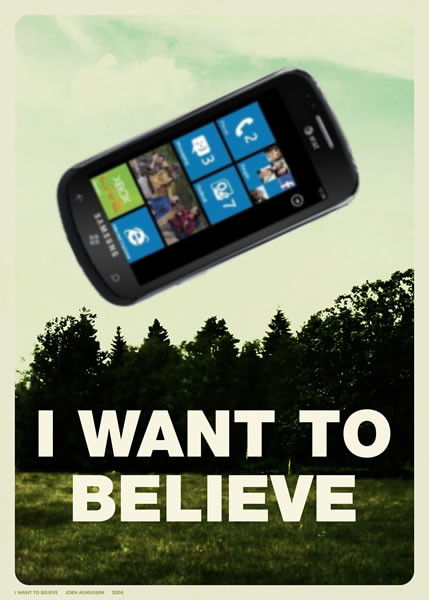
As of this writing, if you were to head to the Windows Phone Dev Center’s page for getting their SDK, you’d be able to get your hands on…the Windows Phone 7.1 SDK and the 7.1.1 update. The Windows Phone 8 SDK is available, but only if you apply and are accepted into their closed-door preview program. It appears that if you’re accepted into this program, you’ll be sworn to secrecy about what’s in the SDK until it’s officially released.
Microsoft’s Todd Brix explained why they were doing this:
I know that many of you want to know why we simply don’t publically release the full SDK now. The reason is that not all Windows Phone 8 features have been announced and our SDK includes comprehensive emulators that allow developers to test apps against a wide range of Windows Phone features. We recognize that this is a different approach to delivering tools than we’ve taken in the past. Our goal is to generate as much Windows Phone 8 excitement as possible to attract new customers when phones go on sale. This is one of many steps we’re taking to help give you what you (and we) want most.
To me, this seems like another episode of Microsoft’s George Costanza-style decision-making, and if you look at the comments made in response, you’ll see that I’m not the only one who’s thinking this. As a former Microsoft Developer Evangelist and Windows Phone Champ, I got developer love and attention for the platform by getting phones and tools into as many developers’ hands as I could, as early as possible. I think my approach worked better than the approached used by some higher-ups, which was to pay mobile development shops to create shovelware. I thought it was a bad idea, as did former Windows Phone Champ program guy Charlie Kindel, but a number of Constanza-esque managers forged ahead, because they were incentivized to do the quick-and-easy thing — make their scoreboards green — not to grow the platform, which takes more time and effort.
This secrecy forces Windows Phone developers, who are already dealing with plenty of uncertainty, to deal with even more. I can’t imagine that there are many who are very happy with having to make best guesses about how to prepare for Windows Phone 8.
The Verge’s Tom Warren suggests that there may be some goodies still in the Windows 8 SDK, and that by keeping mum about it, they’ll be able to pull a Steve Job-style “Oh, and one more thing…” rabbit out of their hat. I have my doubts as to how earth-shaking these secret goodies, if they even exist, could be, but ever since the iPod, every time Microsoft tries to ape Apple’s style, it ends up looking rather sad.
Links
- Windows Phone Dev Center
- Windows Phone Developer Blog: Windows Phone 8 SDK Preview Program is Now Open
- Charlie Kindel: Paying Developers is a Bad Idea
- The Verge: Windows Phone 8: What’s the Big Secret?
Is Microsoft Making Its Own Phone?
The new Surface — the tablet, not the big-ass table — was a necessary act of “tough love”. Microsoft had to take the reins and make their own tablet as a way of saying to all the OEMs “Okay you idiots, we’ll show you how it’s done”.
Windows Phone was a different story. In the beginning, all the Windows Phone hardware vendors — Samsung, LG, HTC and so on — were in a position where they could hedge their bets; they all made Android phones. The partnership with Nokia gave Microsoft a hardware partner who was, to use an expression often used within Microsoft’s walls, “all in”: someone who truly had an incentive to make the best Windows Phones possible. Nokia held up their end of the bargain, producing the nicest Windows Phones I’ve ever laid hands on, and the latest version has the best camera of the current crop of smartphones. They were supposed to be the gold standard for Windows Phones, the ones from which other vendors were supposed to take their cues.
The problem with the Microsoft/Nokia partnership is that it’s an unequal one: Nokia needs Microsoft to stay afloat, which Microsoft just needs someone to be the flagship Windows Phone vendor. It looks as though HTC is the “Plan B” partner, judging by all the love, attention and co-promotion that Microsoft gave them during the recent launch of their upcoming Windows Phones. These phones even incorporate “Windows Phone” into the model names — something that even BFF Nokia didn’t do. You’d think that HTC was the preferred partner! As you might expect, the folks at Nokia are miffed.
Now it looks as if Microsoft has a “Plan C”, in which they make their own phone. Dan Rubio at WPCentral cites a reliable source who says that it’s already in testing. “When compared to current WP8 hardware,” he writes, “it’s something unique.” Another tech blog, BGR, has an apparently different source who also says that Microsoft is working on their own phone, giving the rumours a little more credence.
My Recommendation to Mobile Developers

Remember the funeral the Windows Phone team had for the other platforms after WP7 went “release to master”? I was a Windows Phone Champ back in early September 2010 when the funeral took place. All I could do was slap my forehead and say “Thanks, guys. That’ll really help.” Two years later, Windows mobile OSs account for under 4% of the market.

Looking at the current Windows Phone situation and speaking as someone whose rent cheques depend on building mobile apps for the enterprise, my recommendation is that unless you’ve got some kind of sweetheart deal for a customer who loves the platform and is willing to pay you to build apps for it, don’t write Windows Phone apps to make money.
If you look at it from a strictly technological point of view, Windows Phone is pretty nice. Nokia and HTC’s latest hardware is pretty nice. They’ve got nice, clean, unique UI. C# is a great programming language, you’ve got the Silverlight framework for informational app and XNA for game apps, and Visual Studio in many respects is a far nicer IDE than the ones you use for Android or Apple’s Xcode. Based on my experiences, I think that Windows Phone is the easiest platform to build apps for.
If you look at it from the “Will it pay the bills?” angle, the story isn’t as good. If the analyst’s wacky predictions that Windows Phone will surpass iOS ever do come true, it means that most of its users will be a stingy, price-sensitive market. Microsoft have chosen to leave most of the Windows Phone developers (who’ve had to put up with a lot of frustration) in the dark. On the hardware side, they’re frantically bouncing between preferred vendors and possibly making their own phones, throwing random spaghetti against the wall in the hopes that something — anything — sticks. Finally, there just aren’t enough Windows Phone users. The stats says so, as does my own experience: in my travels to conferences and events across North America over the past year and a half — enough to have earned me Star Alliance Gold status — the non-Microsofties/non-Windows developers who I’ve met who are also Windows Phone owners could fit into a cab…and still leave room for the cabbie.

You should treat the Windows Phone platform as if it were one of those Russian car crash videos made with a dashboard camera: be glad it’s not you, sit back and watch from a safe distance, cringe at the right moments, and hope for the best.
Links
- Engadget: From the lab: Lumia 920 low-light shootout with Nokia 808, iPhone 5, HTC One X and Galaxy S III
- CNET: HTC co-opts Microsoft’s Windows Phone name for 8X, 8S
- The Verge: Nokia slams HTC’s Windows Phone 8 announcement, calls it a ‘tactical re-branding’
- WpCentral: Microsoft does indeed have their own Windows Phone in the works
- BGR: With Windows Phone still failing to gain traction, Microsoft plans to launch its own smartphone
- Engadget: Microsoft celebrates Windows Phone 7 RTM with funeral parade for BlackBerry and iPhone
- Marketing Land: RIM, Windows Continue To Lose Mobile Market Share, Android Near 53 Percent — comScore
 Microsoft has a George Constanza Problem. In the 1990s TV series Seinfeld, the perennial loser came upon his biggest winning streak in life happened when he decided to
Microsoft has a George Constanza Problem. In the 1990s TV series Seinfeld, the perennial loser came upon his biggest winning streak in life happened when he decided to 